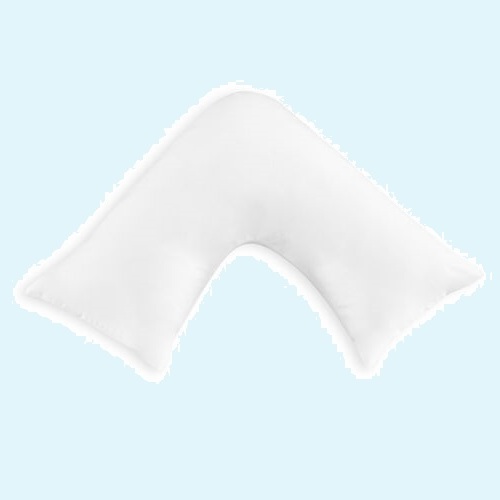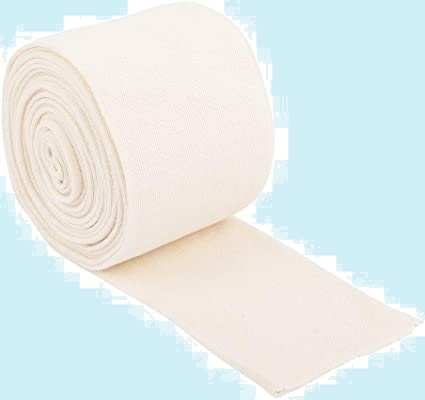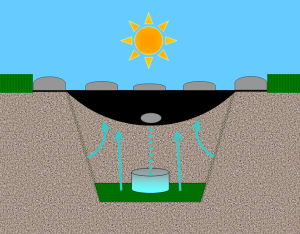Ironing out the last CPaP problem . . . .
I’ve been searching for a comfortable CPAP pillow ever since I was diagnosed with OSA a few years ago. The result has been that I’ve wasted a lot of money. The discomfort I’ve coped with has never been enough to affect my compliance with therapy–I’ve never missed a single night on the machine, and I even use it for afternoon naps (which rarely happen any more).
Eventually I settled for a rather flat “travel size” pillow (approximately half the size of a standard pillow). It worked reasonably well for more than a year, although I had to elevate the edge that was under the CPAP mask and slant the pillow towards my back (I always sleep on my left side, for reasons more numerous than can be discussed here).
Then I thought about what I was really doing with that configuration: I was sleeping on a sort of triangle shape. Immediately I remembered the large L-shaped “body pillows” I’d seen over the years, which are usually marketed to pregnant women.
The problem was that I didn’t need a big pillow just to adequately support my CPAP mask and upper back. I looked online and found that now they make small ones, too, with arms that measure about 20 inches each.
I’ve got a bunch of old standard pillows, so I suppose I could have remodeled one of them into the shape I thought would work, but my hand neuropathy has been very bad lately, and I don’t have access to my sewing machine, so I decided to splurge one more time on a new specialty pillow.

The Major Online Retailer delivered my purchase promptly enough; however, I could tell right away there was going to be a problem I’ve encountered before: it was stuffed so full of fiberfill, it was HARD. There was no way I was going to be able to sleep comfortably on it.
But there was an easy solution to that: the pillow came with its own fitted, zippered pillowcase, which I could fill with the excess stuffing in the pillow, and then I’d have two softer, flatter pillows for the price of one.
So that’s what I did: I opened the end seam and pulled out half of the fiberfill. After shoving that into the zippered case and distributing it, I distributed the remaining filling in the original pillow and re-stitched the seam without too much discomfort from my simultaneously numb and painful neuropathy fingers.
Of course, that meant I no longer had a custom pillowcase, but that was easily remedied. I cut two 4-foot lengths of 6-inch wide, white polyester stretch stockinette, a huge roll of which had been ordered for me a year ago by a homecare nursing agency (which was visiting me after a hospitalization and a 2-month stint in a rehab home last spring). I hemmed both open ends of each piece–a leisurely day’s work–and then I stuffed the pillows into the tubes.

With the angled pillow positioned at the head of the bed as shown in the illustration above, and with my head resting at the apex (essentially with the pillow hooked over my bottom shoulder), I get the right height of support for my inflated cloth CPAP mask, and perfect support behind my neck and upper back. After controlling for other factors that affect my ability to have quality sleep, meaning an AHI of less than 2 (actually, I prefer it to be less than 1, but I’m a perfectionist), I’ve eliminated the neck- or shoulder-ache problems that I had experienced with all of the other pillows I’ve tried.
Success at last!
If you’ve been having issues with neck or shoulder pain, or poor support for your CPAP mask, maybe you should try a right-angle pillow, too.




















